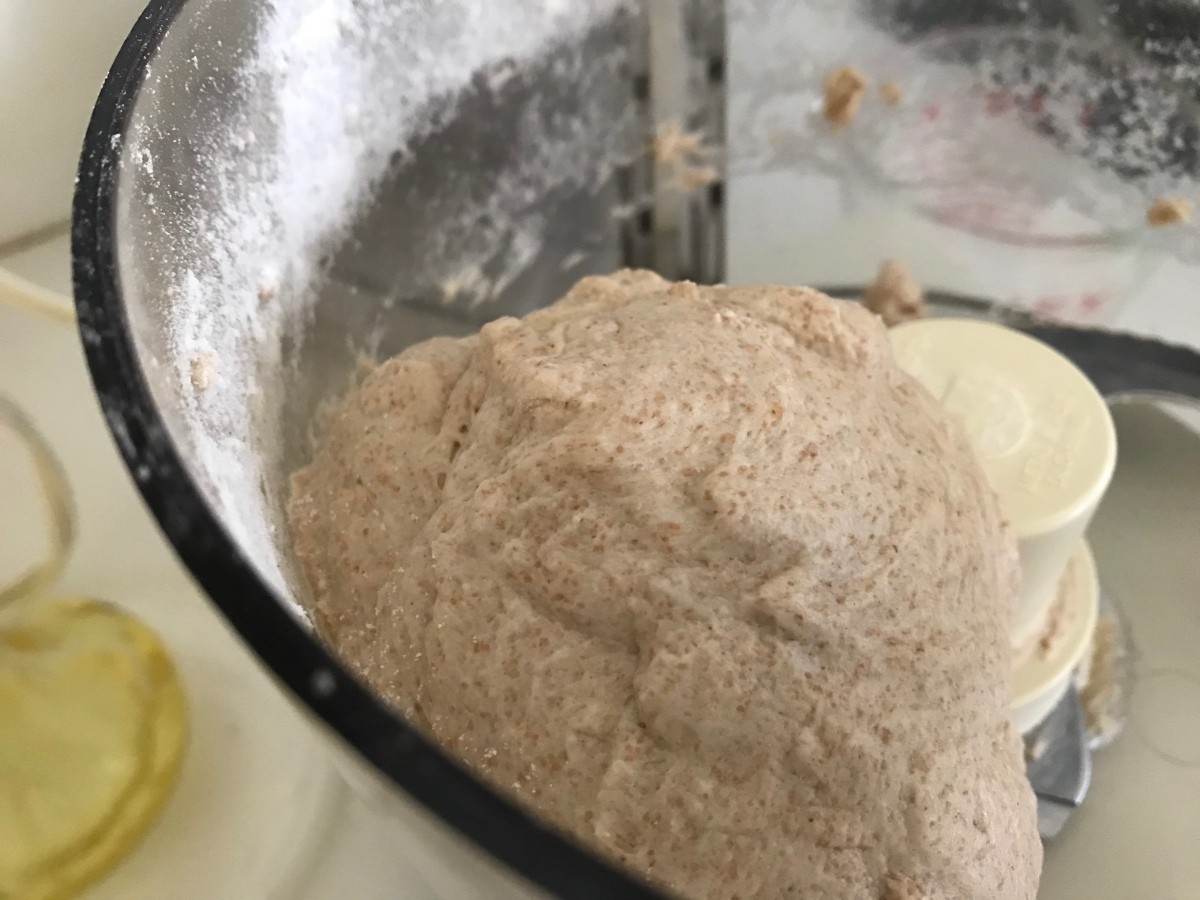

Articles
How To Make Pizza Dough In Food Processor
Modified: January 6, 2024
Learn how to make homemade pizza dough easily using a food processor. Our articles provide step-by-step instructions and tips for perfect dough every time.
(Many of the links in this article redirect to a specific reviewed product. Your purchase of these products through affiliate links helps to generate commission for Storables.com, at no extra cost. Learn more)
Introduction
Pizza is a beloved dish enjoyed by people all over the world. Whether you prefer a classic Margherita or a loaded meat lover’s pizza, the foundation of any delicious pie starts with the dough. Making pizza dough from scratch may seem daunting, but with the help of a food processor, it becomes a quick and effortless task.
In this article, we will guide you through the process of making pizza dough using a food processor. From gathering the ingredients to shaping the dough and adding toppings, you’ll learn all the steps required to create a perfect crust that will impress your family and friends.
By utilizing a food processor, you’ll be able to cut down on the preparation time and ensure that the ingredients are evenly mixed. The powerful motor of the food processor will save you from the tedious task of kneading the dough by hand and deliver a smooth and elastic dough with minimal effort.
So, let’s dive in and discover the joy of making pizza dough in a food processor!
Key Takeaways:
- Making pizza dough in a food processor streamlines the process, saving time and effort. The powerful motor ensures thorough mixing, resulting in a consistent and elastic dough for delicious homemade pizzas.
- Get creative with toppings and enjoy the satisfaction of creating your own homemade pizza with a delicious, crispy crust. Experiment with flavors and combinations to impress family and friends with your homemade creations!
Read more: How To Make Dough In Ninja Food Processor
Materials Needed
Before we start the process of making pizza dough in a food processor, it’s important to gather all the necessary materials. Here are the items you’ll need:
- Food processor (with a dough blade attachment)
- Measuring cups and spoons
- Large mixing bowl
- Plastic wrap or kitchen towel
- Baking sheet or pizza stone
- Pizza peel (optional)
- Ingredients for the dough (flour, water, yeast, salt, sugar, olive oil)
- Ingredients for the toppings (sauce, cheese, vegetables, meats, etc.)
Make sure your food processor is clean and in good working condition before you begin. It’s also a good idea to have your ingredients pre-measured and all other materials ready to go to ensure a smooth and seamless pizza-making process.
Now that you have everything you need, it’s time to move on to the next step: gathering the ingredients for the pizza dough.
Step 1: Gather Ingredients
To make the perfect pizza dough, you’ll need the following ingredients:
- 2 ½ cups of all-purpose flour
- 1 teaspoon of instant yeast
- 1 teaspoon of salt
- 1 teaspoon of sugar
- ¾ cup of warm water (around 110°F or 43°C)
- 2 tablespoons of olive oil
It’s important to note that these quantities are for a basic pizza dough recipe. You can adjust the measurements and experiment with different types of flour or additional seasonings to suit your preferences.
Ensure that your ingredients are fresh and at room temperature. Using warm water encourages the yeast to activate and helps with the rising of the dough. Additionally, using high-quality olive oil will enhance the flavor of the dough.
Once you have gathered all the ingredients, it’s time to move on to the next step: measuring the ingredients accurately.
Step 2: Measure Ingredients
Accurate measurements are crucial when it comes to making pizza dough. Improper measurements can lead to a dough that is too dry or too sticky, resulting in an unsatisfactory crust. Follow these steps to measure the ingredients accurately:
- Using measuring cups, measure 2 ½ cups of all-purpose flour. Level the top with a knife to ensure an accurate measurement. Too much flour can make the dough dense and difficult to work with, while too little can result in a thin and floppy crust.
- In a small bowl, combine 1 teaspoon of instant yeast, 1 teaspoon of salt, and 1 teaspoon of sugar. These ingredients will provide flavor and help the dough rise properly.
- Measure ¾ cup of warm water, around 110°F or 43°C. The warm water activates the yeast and helps the dough to rise. Make sure the water is not too hot, as it can kill the yeast.
- Lastly, measure 2 tablespoons of olive oil. The olive oil adds moisture and contributes to the overall texture and flavor of the dough.
Double-check your measurements to ensure accuracy. Precise measurements will ensure consistent results every time you make pizza dough in the food processor.
Now that your ingredients are accurately measured, you’re ready to move on to the next step: combining the ingredients in the food processor.
Step 3: Combine Ingredients in Food Processor
Now that you have all the ingredients measured, it’s time to combine them in the food processor. The food processor will help to evenly mix the ingredients and form a smooth dough in no time. Follow these steps:
- Attach the dough blade to your food processor. This blade is specifically designed for kneading dough and will help create the desired texture.
- Add the 2 ½ cups of all-purpose flour to the food processor bowl.
- Sprinkle the yeast mixture (from Step 2) over the flour in the food processor.
- Pour in the warm water and the olive oil.
Make sure the lid of the food processor is tightly secured before you move on to the next step. This will prevent any spills or accidents while the ingredients are being mixed.
Combining the ingredients in the food processor not only saves time but also ensures that the dough is evenly mixed, resulting in a consistent texture throughout.
With the ingredients combined in the food processor, it’s time to move on to the next step: mixing the dough.
Read more: How To Make Chapati Dough In Food Processor
Step 4: Mix in Food Processor
With the ingredients combined in the food processor, it’s time to start mixing the dough. The food processor will do the heavy lifting for you, effectively mixing the ingredients into a smooth dough. Follow these steps:
- Secure the lid of the food processor and turn it on to the “pulse” or “mix” setting.
- Allow the food processor to run for about 30 seconds, or until the ingredients start to come together.
- If the dough appears too dry, you can add a tablespoon of warm water at a time, pulsing the food processor briefly after each addition, until the dough reaches the desired consistency. If the dough is too sticky, you can add a tablespoon of flour at a time, pulsing in between, until the dough becomes more manageable.
- Continue running the food processor for another 60-90 seconds, or until the dough forms a ball and starts to pull away from the sides of the bowl.
It’s important to not overmix the dough. Once it forms a ball and starts to come off the sides of the bowl, stop the food processor. Overmixing can result in a tough and chewy crust.
Now that your dough is mixed, it’s time to move on to the next step: kneading the dough.
When making pizza dough in a food processor, make sure to use cold water and cold butter to keep the dough from becoming too warm and sticky. This will help create a better texture for your pizza crust.
Step 5: Knead the Dough
Kneading the dough is an essential step in the pizza-making process. It helps develop gluten, which gives the dough its elasticity and structure. While the food processor has done most of the work for you, a few minutes of hand-kneading will further enhance the texture of the dough. Follow these steps:
- Dust a clean surface with flour to prevent the dough from sticking.
- Transfer the dough from the food processor bowl onto the floured surface.
- Using the heel of your hand, push the dough forward and fold it over itself.
- Gently rotate the dough a quarter turn, and repeat the pushing and folding motion.
- Continue kneading the dough for about 5 minutes, or until it becomes smooth and elastic. If the dough feels sticky, you can lightly sprinkle more flour onto the surface.
Remember not to over-knead the dough, as it can make it tough and difficult to work with. Five minutes of kneading should be sufficient to achieve the desired texture.
Once you’ve finished kneading the dough, it’s time to move on to the next step: letting the dough rise.
Step 6: Let the Dough Rise
Allowing the dough to rise is a crucial step that allows the yeast to ferment and create air pockets, resulting in a light and airy crust. Follow these steps to let the dough rise:
- Lightly oil a large mixing bowl to prevent the dough from sticking.
- Place the kneaded dough in the oiled bowl and turn it around to coat it with the oil.
- Cover the bowl with plastic wrap or a clean kitchen towel.
- Find a warm, draft-free area in your kitchen and let the dough rise for about 1-2 hours, or until it doubles in size. The ideal temperature for dough rising is around 75°F to 85°F (24°C to 29°C).
During the rising process, the yeast will produce carbon dioxide, causing the dough to expand. This will result in a lighter and more flavorful crust.
It’s important to keep an eye on the dough during the rising process. If the room is too cold, you can place the covered bowl in a slightly warm oven or near a warm stovetop.
Once the dough has doubled in size, it’s ready to be shaped into pizzas. This leads us to the next step: shaping the dough.
Step 7: Shape the Dough
Now that your dough has risen, it’s time to shape it into the desired pizza crust. Follow these steps to achieve the perfect shape:
- Preheat your oven to the specified temperature (usually around 475°F to 500°F or 245°C to 260°C).
- Transfer the risen dough onto a lightly floured surface.
- Punch down the dough to release any air bubbles that may have formed during the rising process.
- Divide the dough into individual portions if you’re making multiple pizzas.
- Take one portion of the dough and, using your hands, gently stretch and shape it into a round or oval shape. If you prefer a thinner crust, you can roll it out using a rolling pin.
- Place the shaped dough on a baking sheet or pizza peel that has been lightly dusted with flour or cornmeal. This will make it easier to transfer it to the oven.
Remember, when shaping the dough, be gentle and avoid overworking it. This will help maintain a light and airy texture in the finished crust.
Once the dough is shaped, it’s time to move on to the next step: adding your favorite toppings.
Read more: How To Make Pizza Dough For A Pizza Oven
Step 8: Add Toppings
The toppings are what make each pizza unique and flavorful. Whether you prefer a classic Margherita, a meat lover’s delight, or a veggie-packed pie, it’s time to get creative and add your favorite toppings to the pizza crust. Here’s how:
- Spread a thin layer of your favorite pizza sauce or marinara sauce evenly over the shaped dough, leaving a small border around the edges for the crust.
- Sprinkle a generous amount of shredded mozzarella cheese or your preferred cheese over the sauce. You can also experiment with different cheese blends for added flavor and texture.
- Add your desired toppings, such as cooked meats, sliced vegetables, olives, onions, or mushrooms. Customize your pizza to suit your taste preferences.
- Season the pizza with herbs and spices, such as dried oregano, basil, garlic powder, or red pepper flakes, to enhance the flavors.
- For a finishing touch, drizzle a small amount of olive oil over the toppings. This will help the ingredients brown and add richness to the overall taste.
Feel free to get creative and experiment with different combinations of toppings to create your own signature pizza. Remember not to overload the pizza with too many toppings, as it can make the crust soggy and prevent proper cooking.
Now that your pizza is topped and ready to go, it’s time to move on to the final step: baking the pizza to perfection.
Step 9: Bake the Pizza
The final step in making delicious pizza is baking it to perfection. Follow these steps to ensure a crispy crust and melted cheese:
- Preheat your oven to the specified temperature (usually around 475°F to 500°F or 245°C to 260°C) and place a baking sheet or pizza stone on the middle rack. Preheating the baking surface will help crisp up the bottom of the pizza.
- If you’re using a pizza peel, carefully transfer your topped pizza onto the preheated baking surface. If not, you can bake the pizza directly on a baking sheet.
- Bake the pizza for about 12-15 minutes, or until the crust is golden brown and the cheese is melted and bubbly.
- Keep an eye on the pizza while it’s baking to avoid burning. Every oven is different, so adjust the baking time accordingly. You want the crust to be nicely browned, but not overly charred.
- Once the pizza is done, carefully remove it from the oven using a pizza peel or oven mitts. Allow it to cool for a few minutes to set, then slice and serve.
Remember, the baking time may vary depending on the thickness of the crust and the toppings used. Keep an eye on the pizza to achieve the desired level of doneness.
Now that your pizza is baked to perfection, it’s time to savor and enjoy your homemade creation!
Conclusion
Congratulations! You have successfully learned how to make pizza dough using a food processor. By following these simple steps, you can now enjoy the satisfaction of creating your own homemade pizza with a delicious, crispy crust.
Using a food processor to make the dough streamlines the process, saving you time and effort. The powerful motor of the food processor ensures that the ingredients are thoroughly mixed, resulting in a consistent and elastic dough.
Remember to gather all the necessary materials, accurately measure the ingredients, and combine them in the food processor. After mixing and kneading the dough, allow it to rise and then shape it into your desired crust size.
Don’t forget to get creative with your choice of toppings, adding sauce, cheese, and a variety of delicious ingredients. Lastly, bake the pizza in a preheated oven until the crust is golden brown and the cheese is melted and bubbly.
Enjoy the process of making your own pizza dough and experimenting with different flavors and combinations. The possibilities are endless, and you can customize your pizzas to suit your taste and preferences.
So next time you’re craving pizza, skip the store-bought dough and try making your own with the help of a food processor. Your taste buds will thank you, and your family and friends will be impressed by your homemade creations!
Frequently Asked Questions about How To Make Pizza Dough In Food Processor
Was this page helpful?
At Storables.com, we guarantee accurate and reliable information. Our content, validated by Expert Board Contributors, is crafted following stringent Editorial Policies. We're committed to providing you with well-researched, expert-backed insights for all your informational needs.
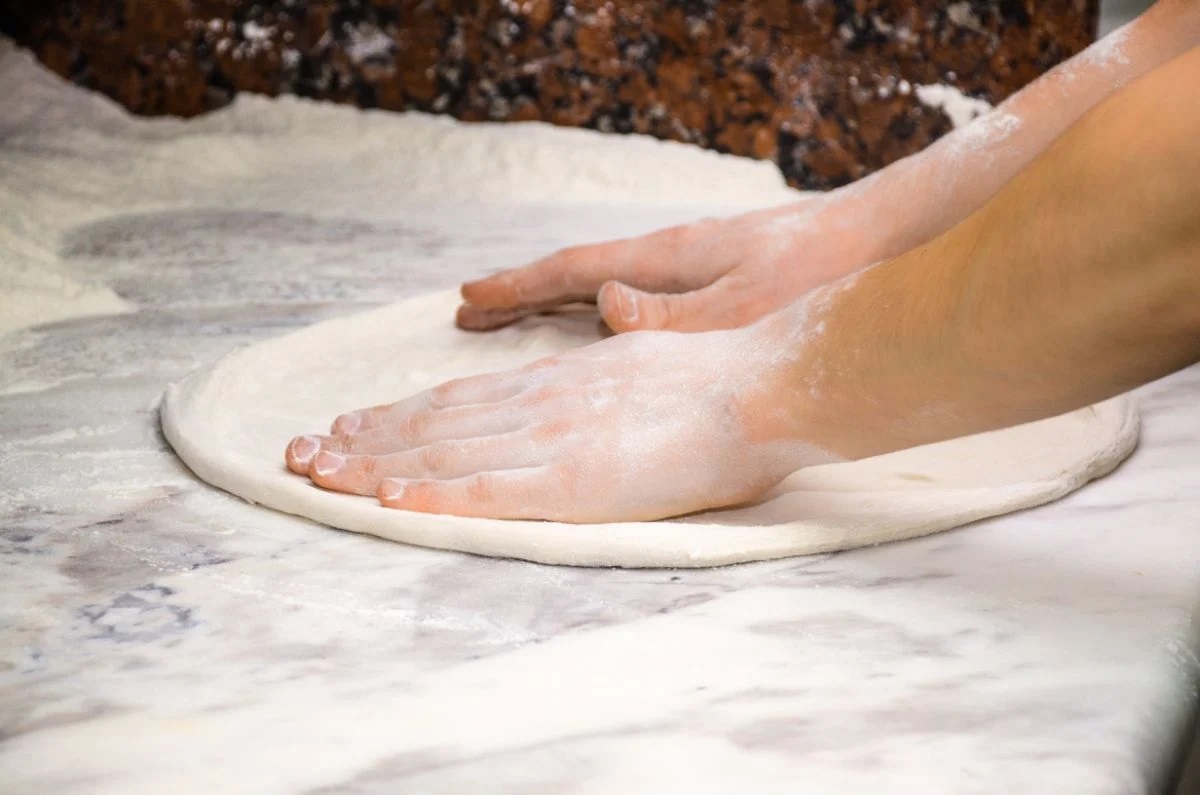
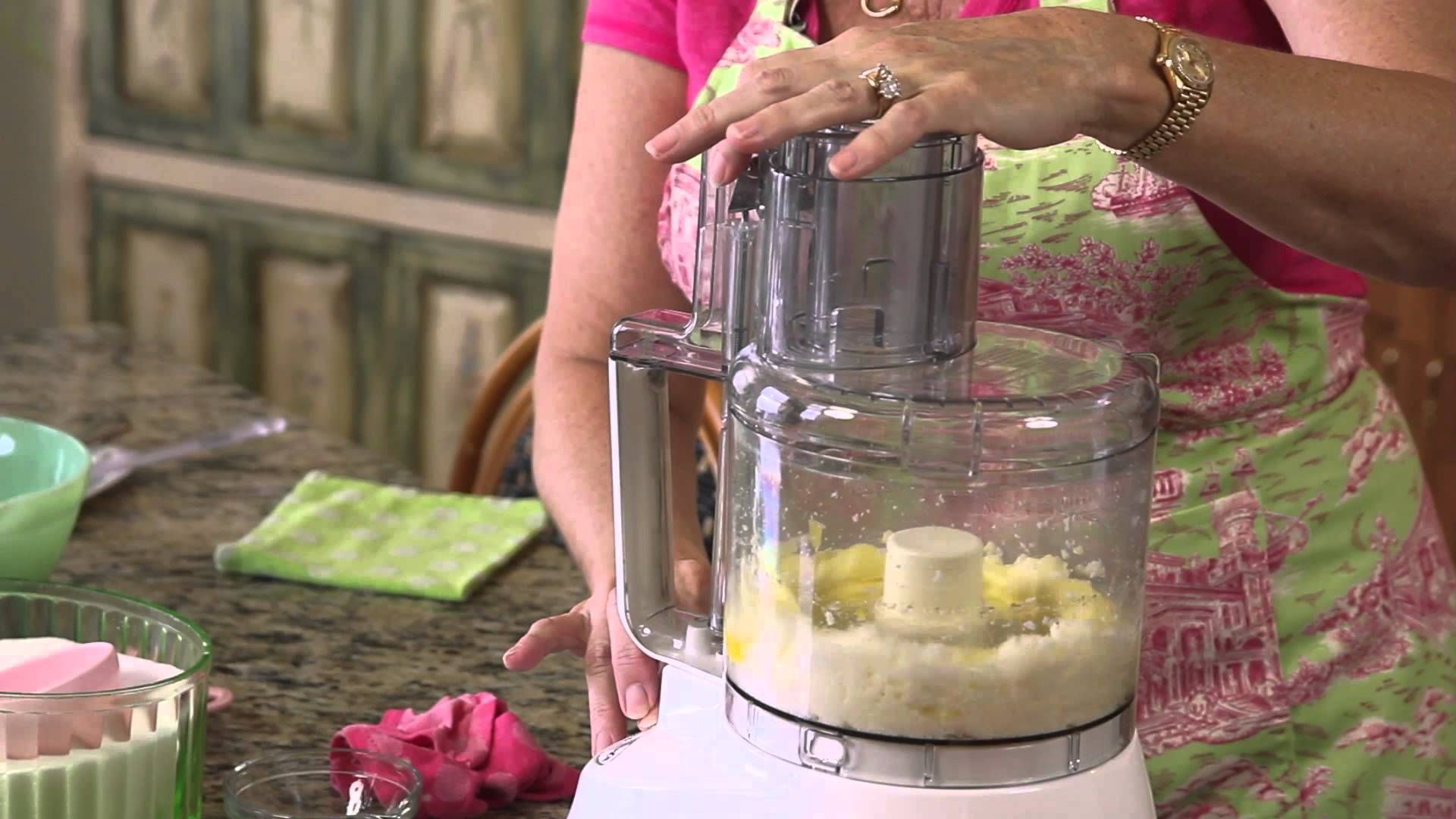
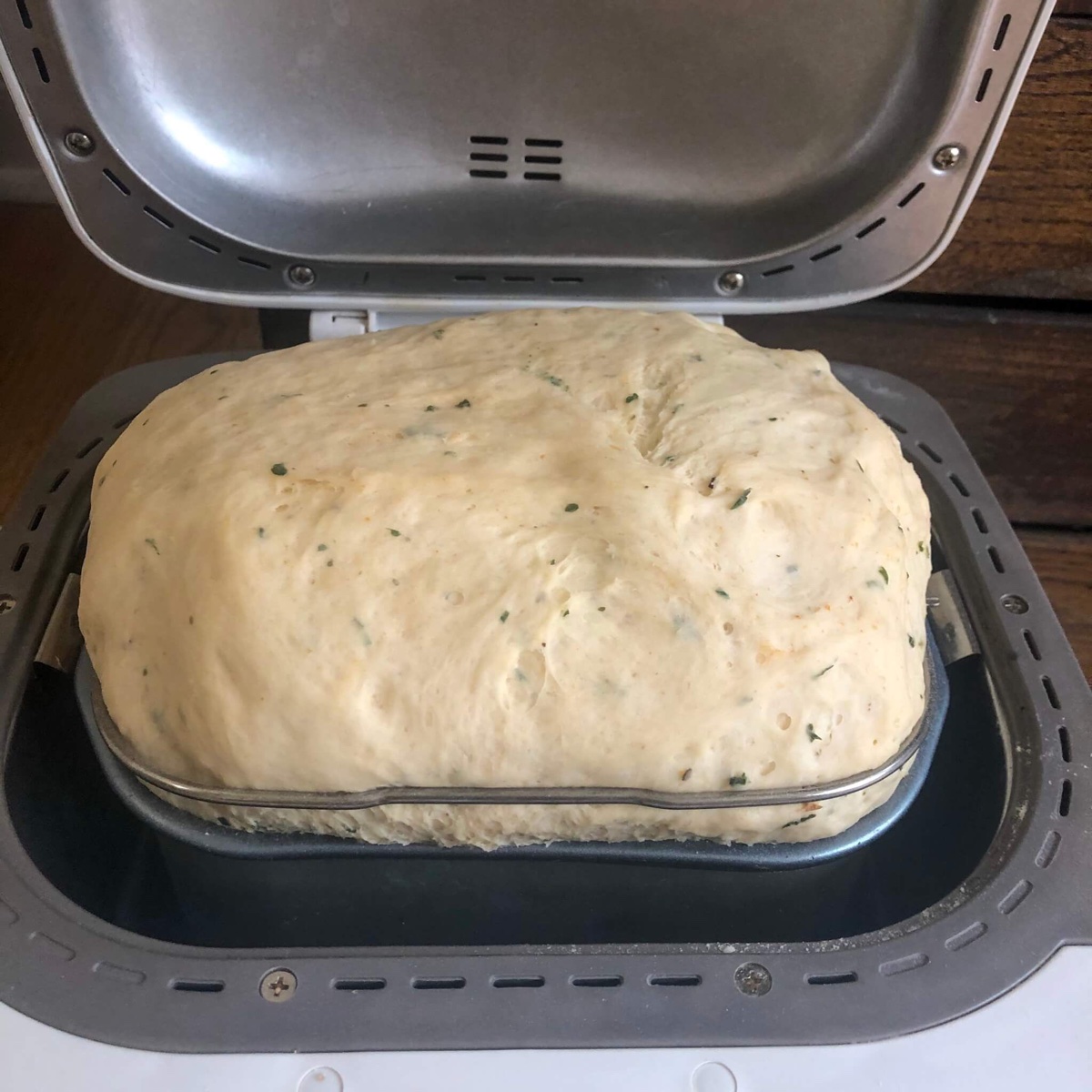
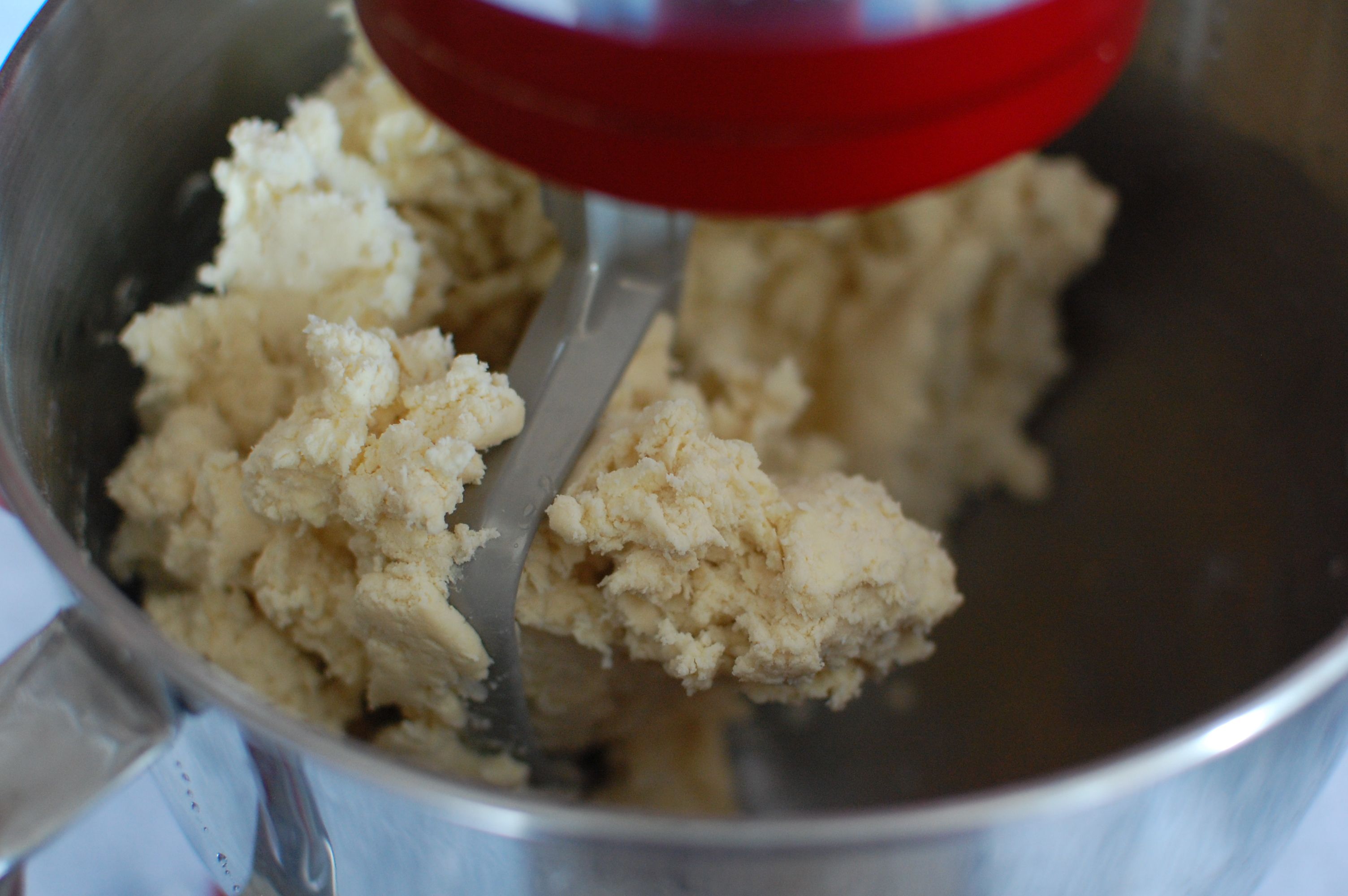
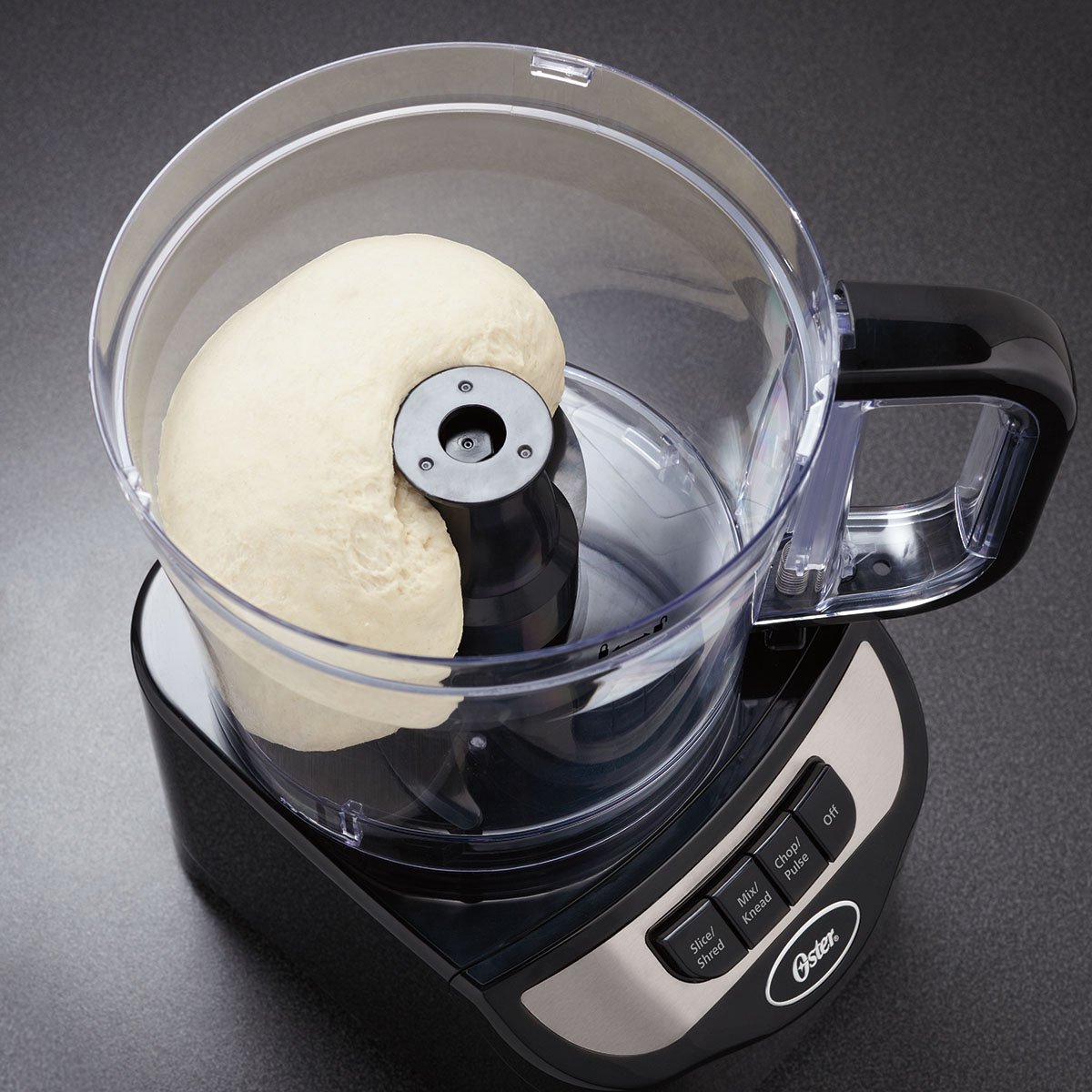
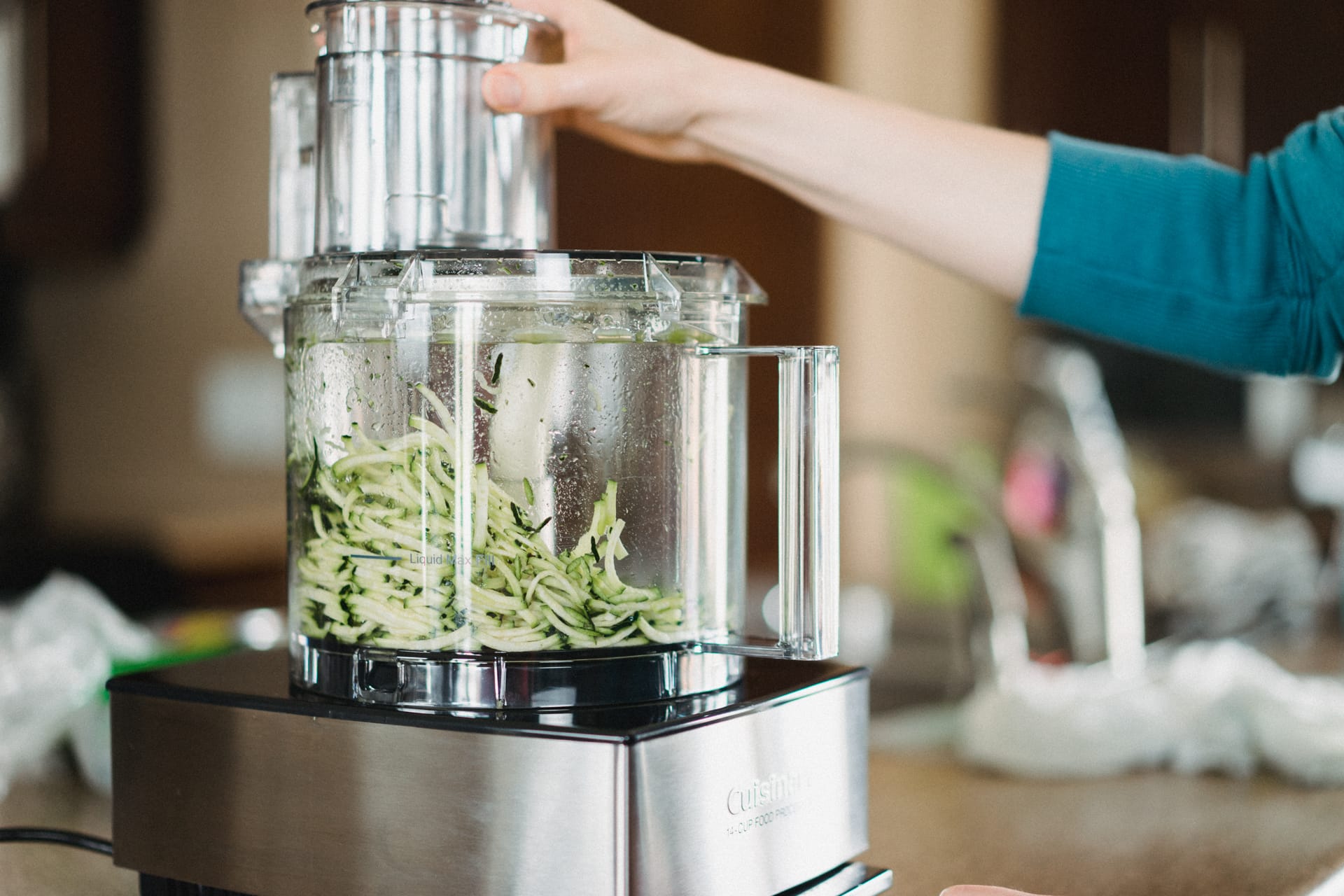
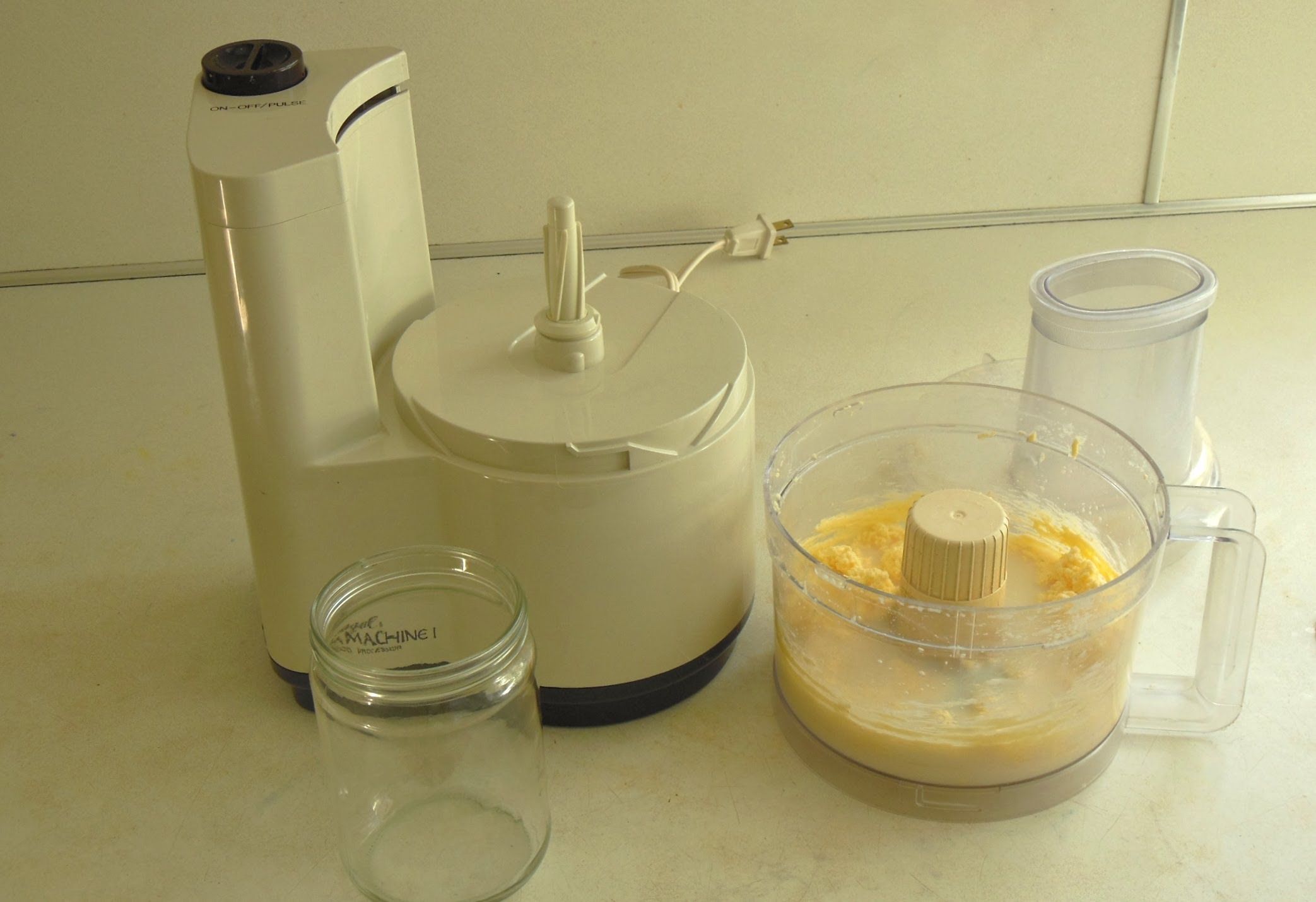
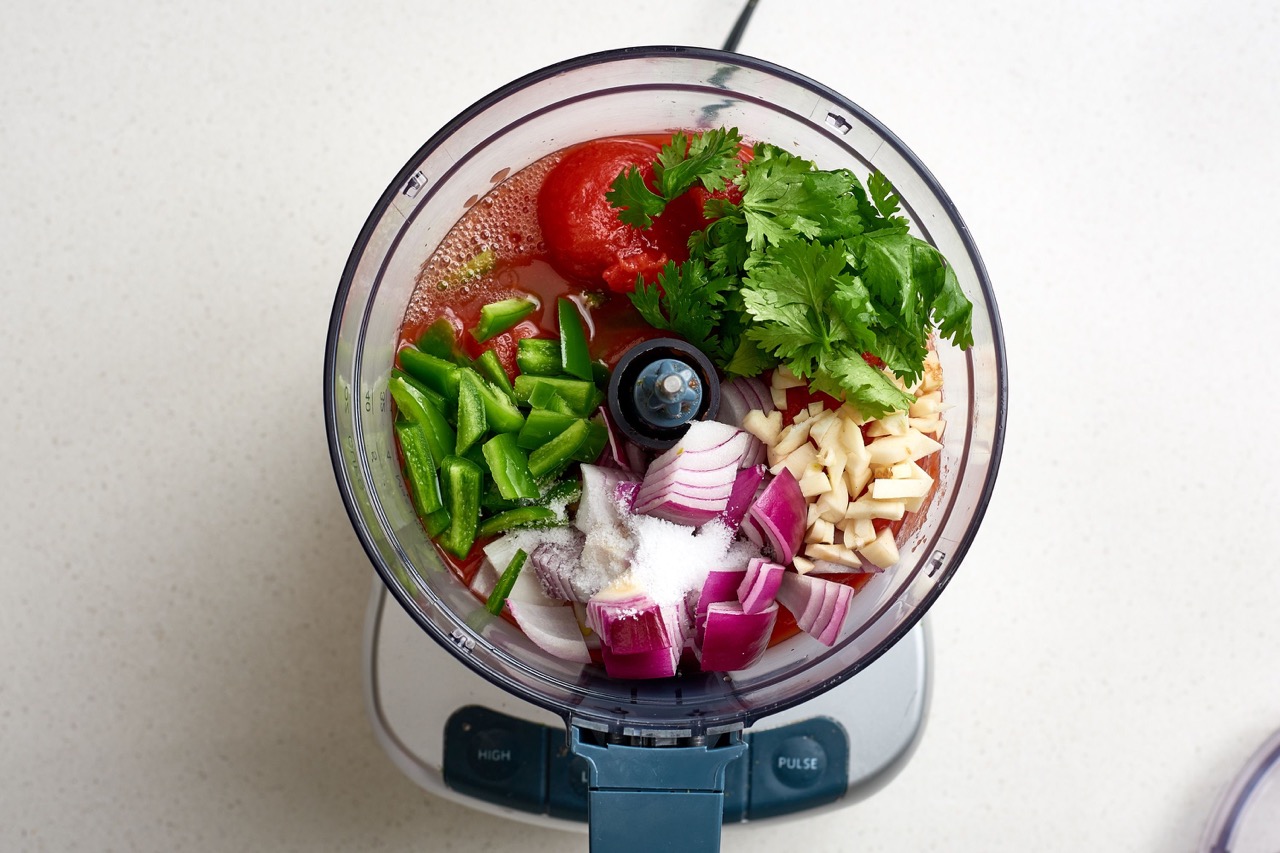
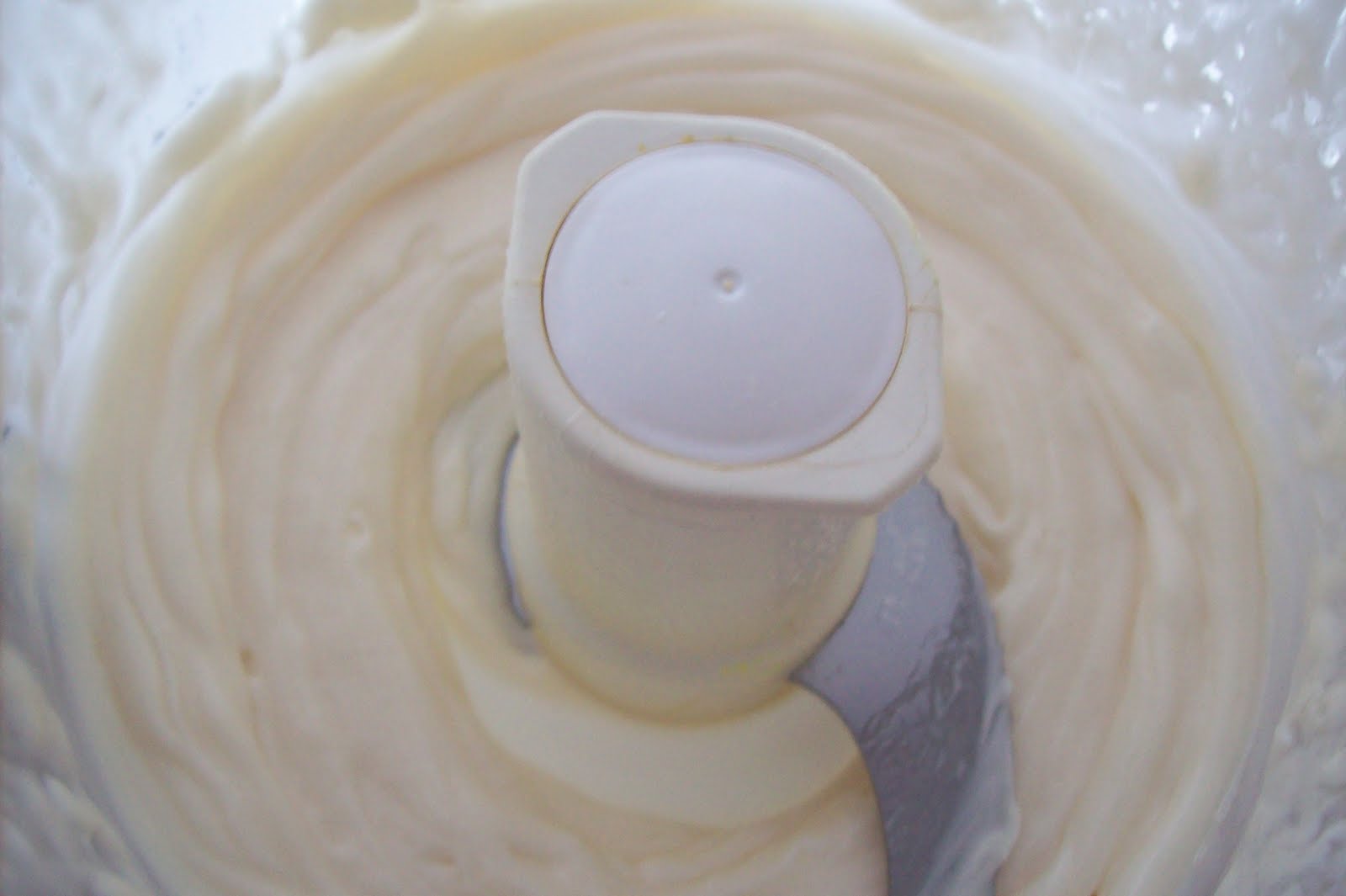
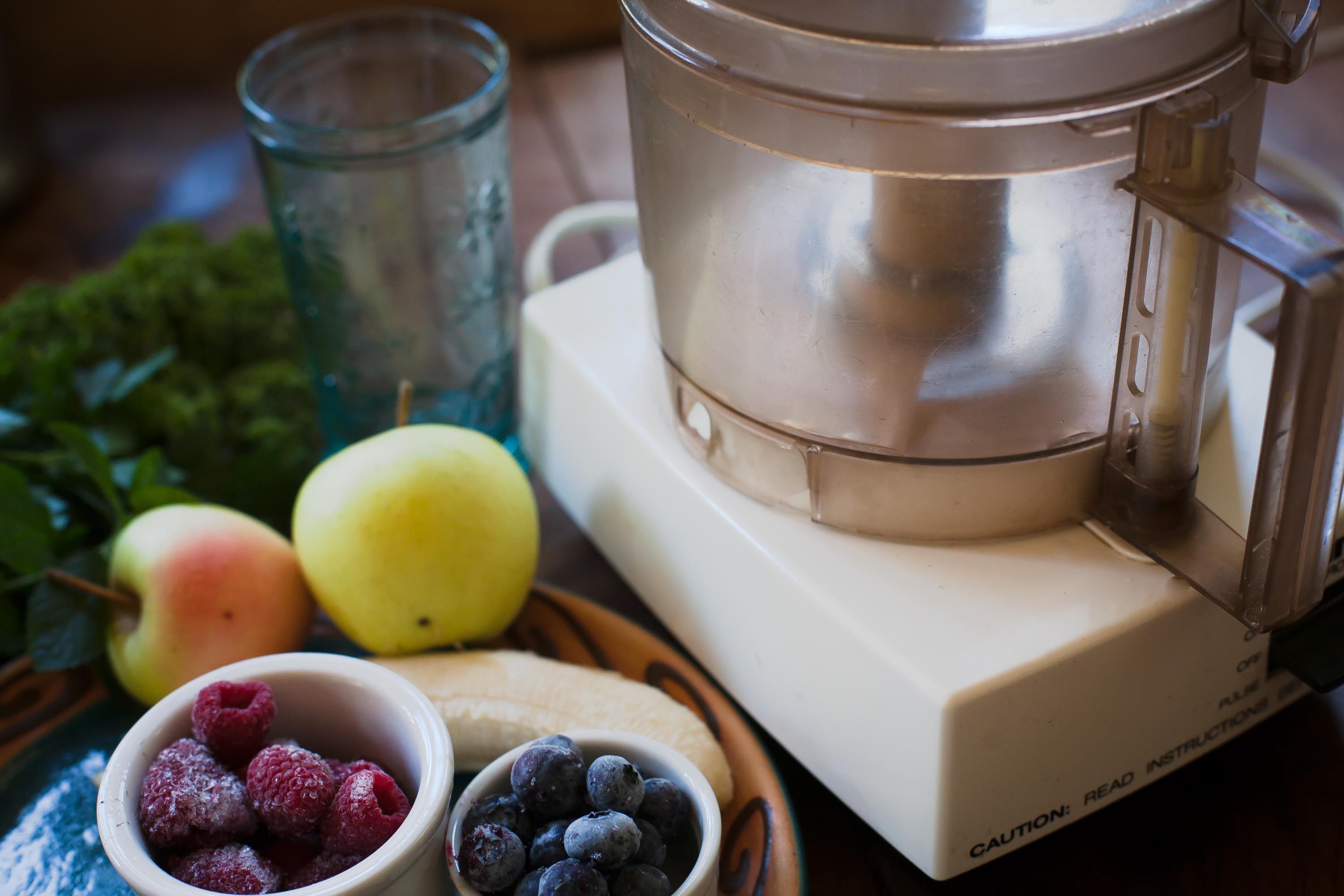
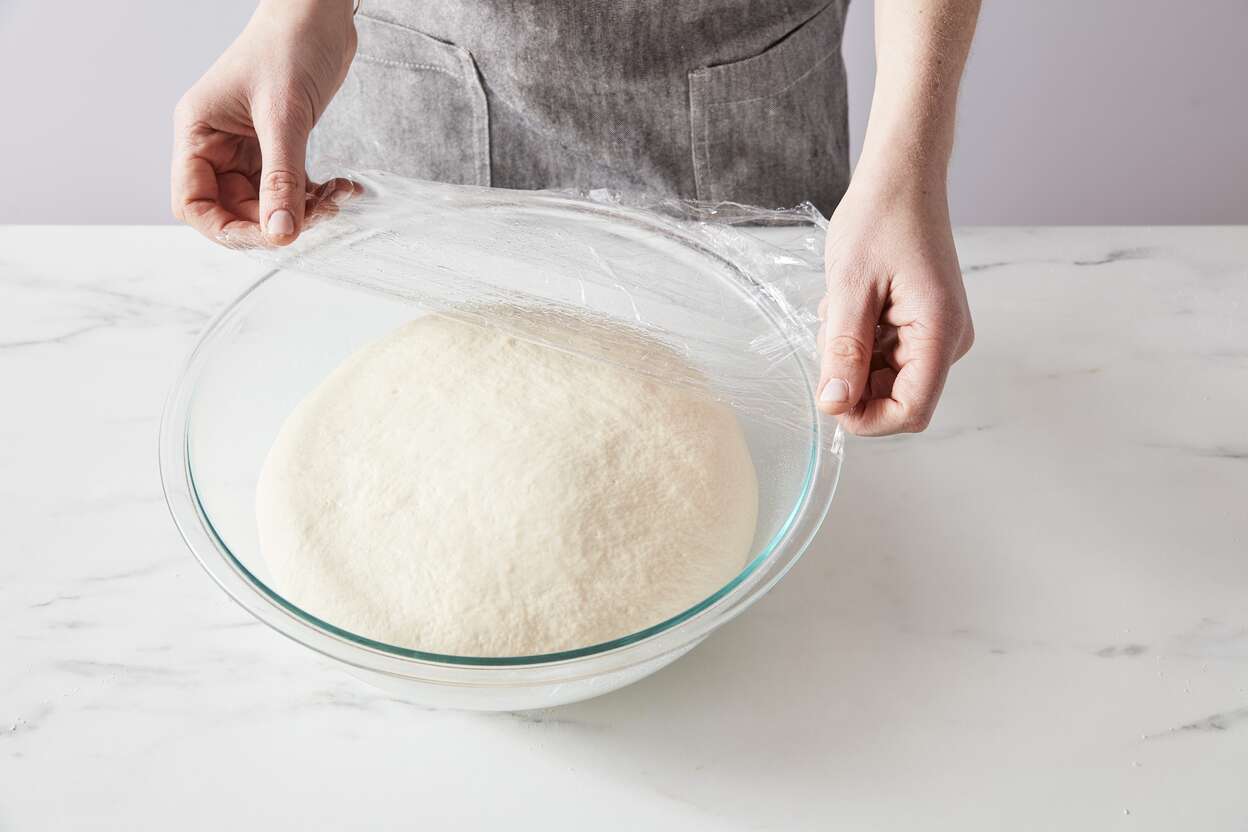
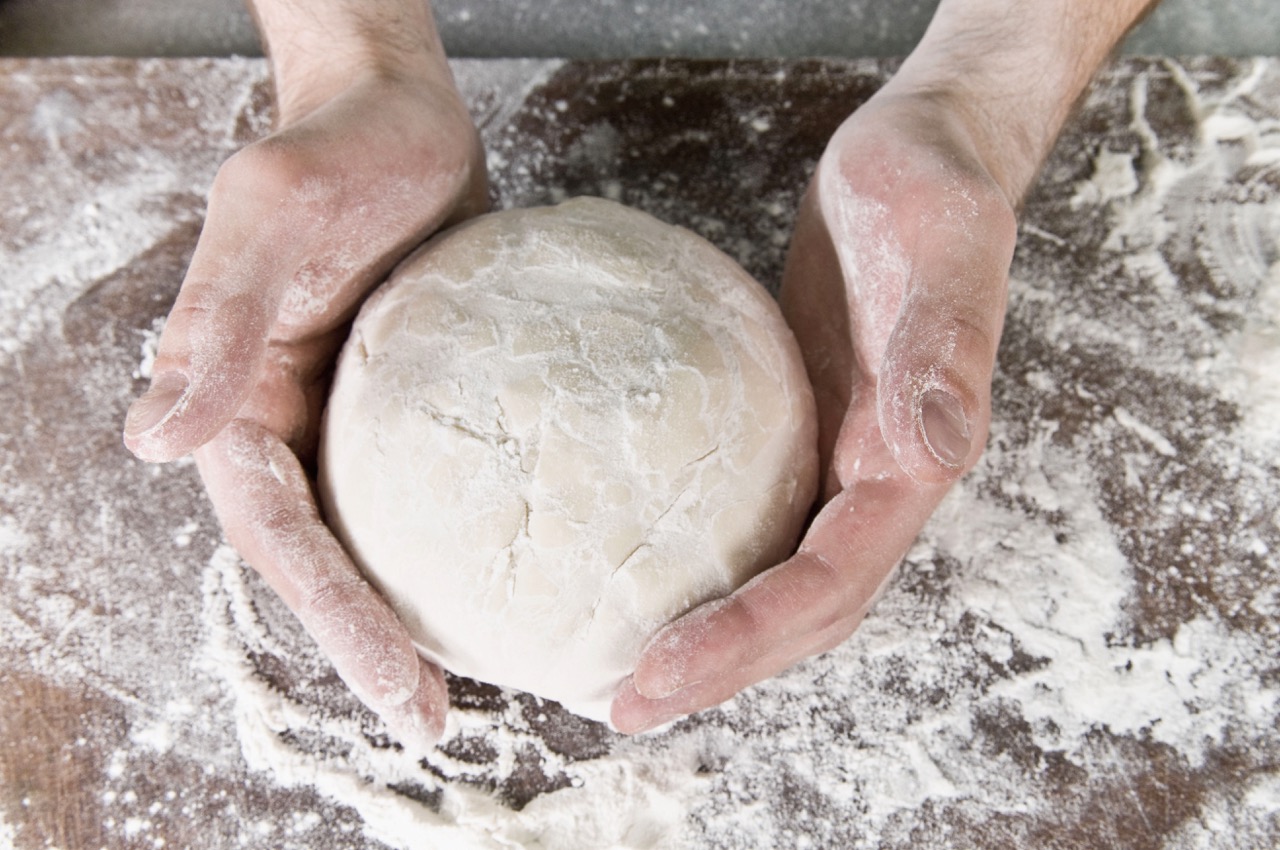
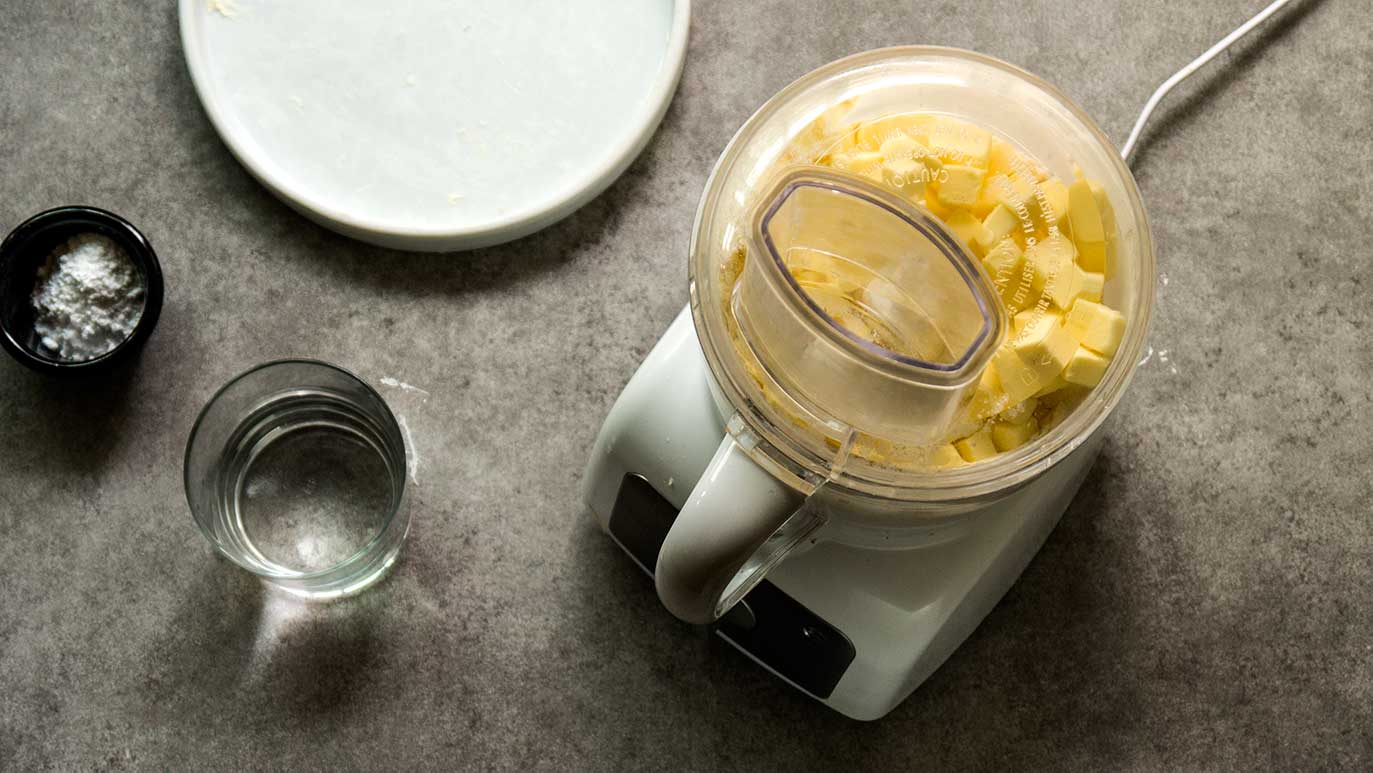

0 thoughts on “How To Make Pizza Dough In Food Processor”